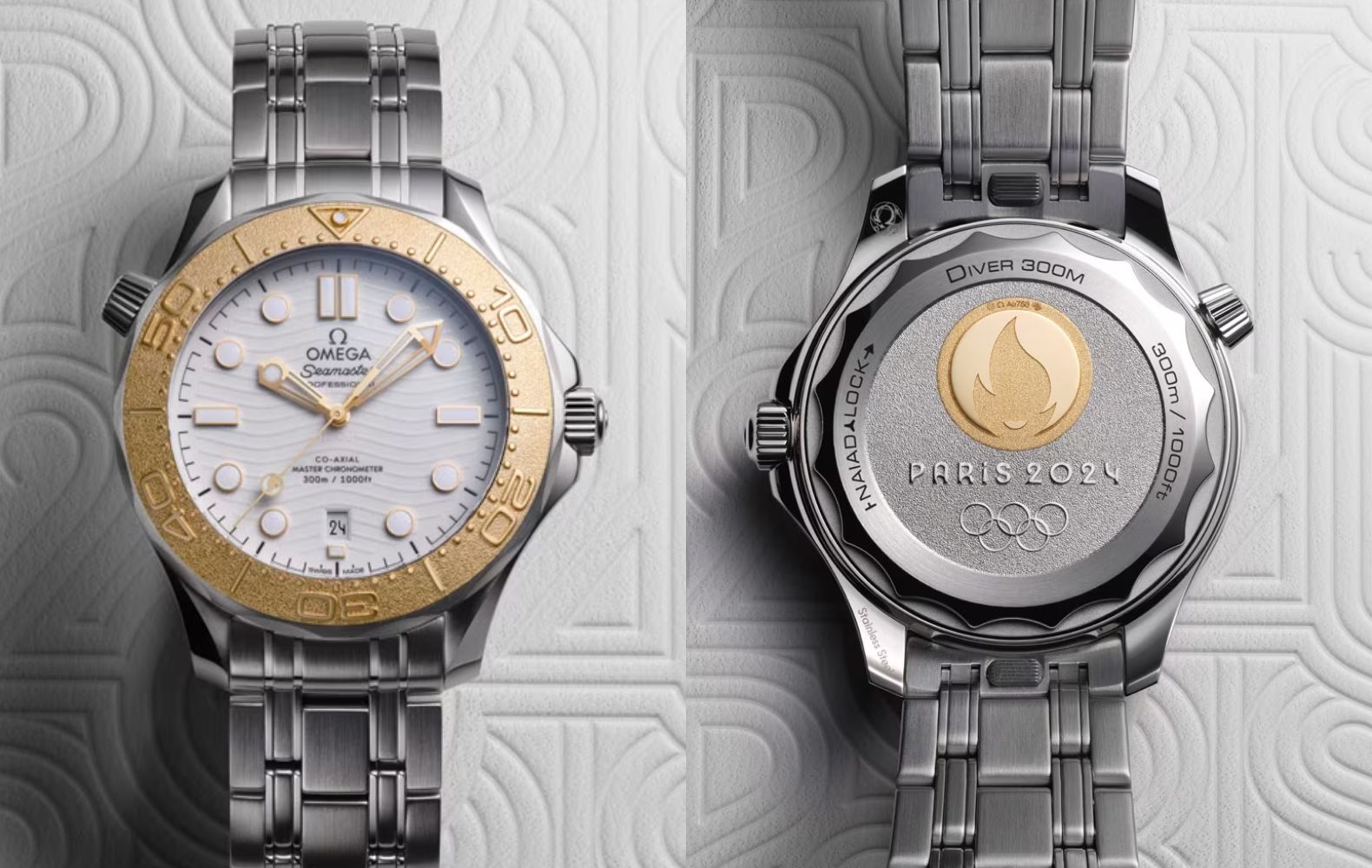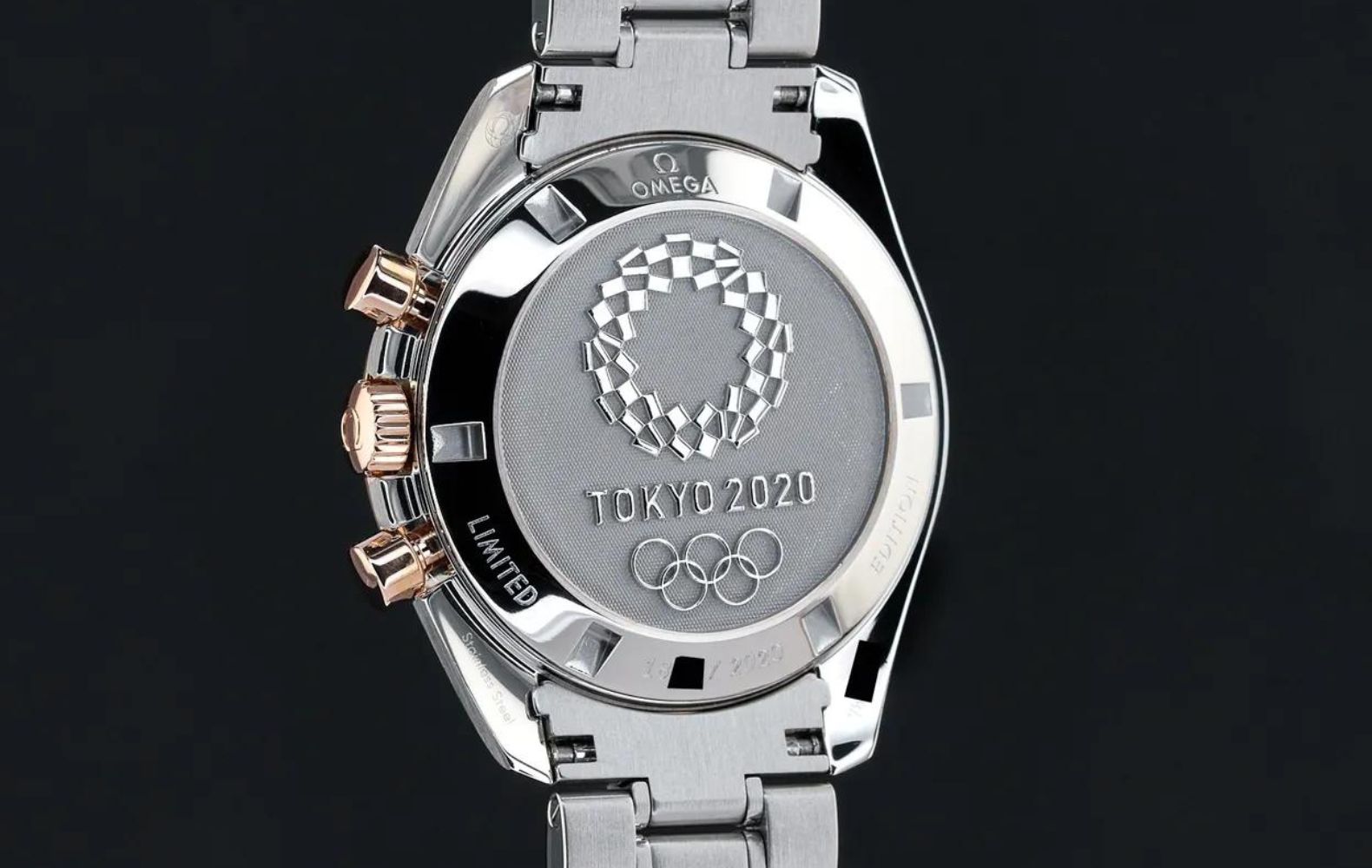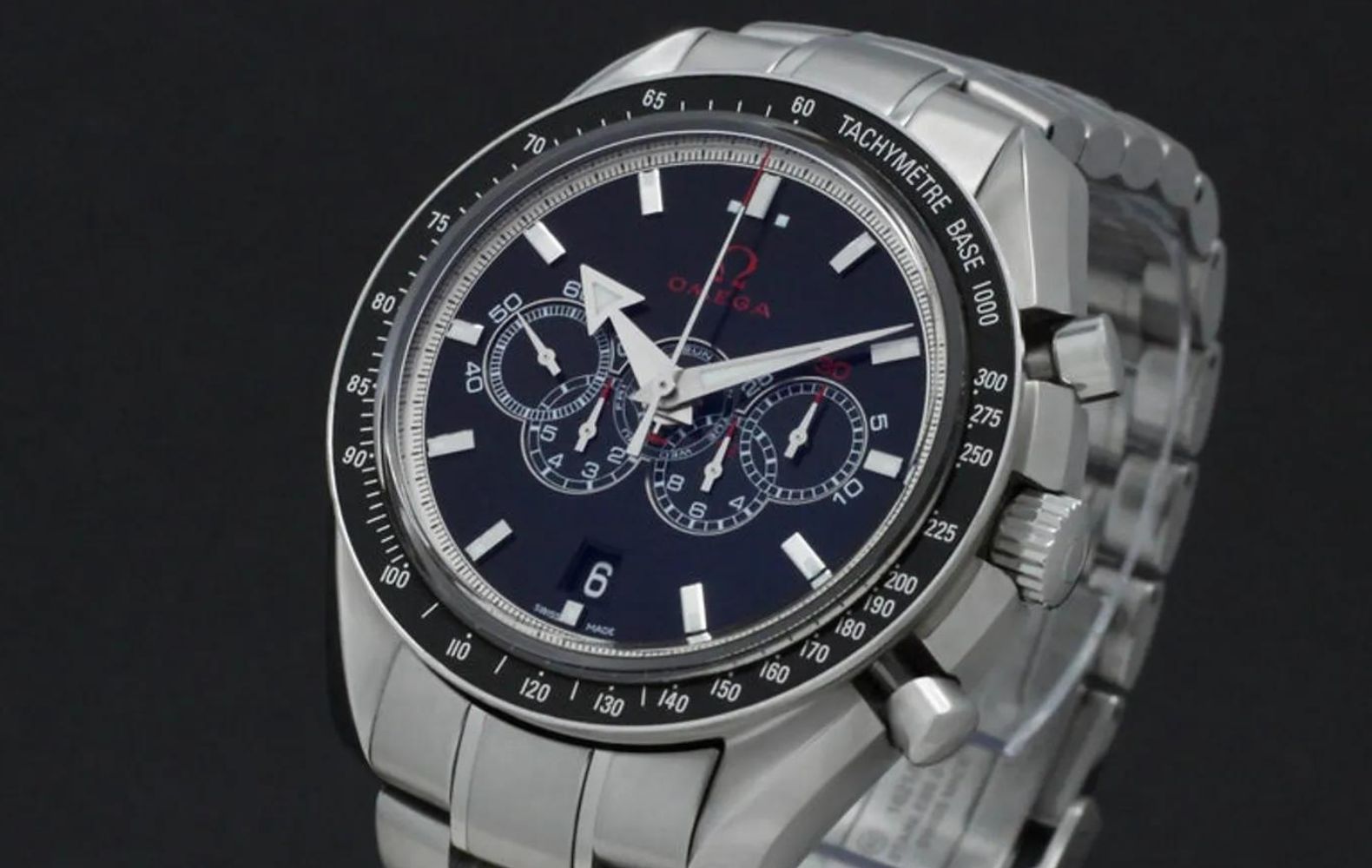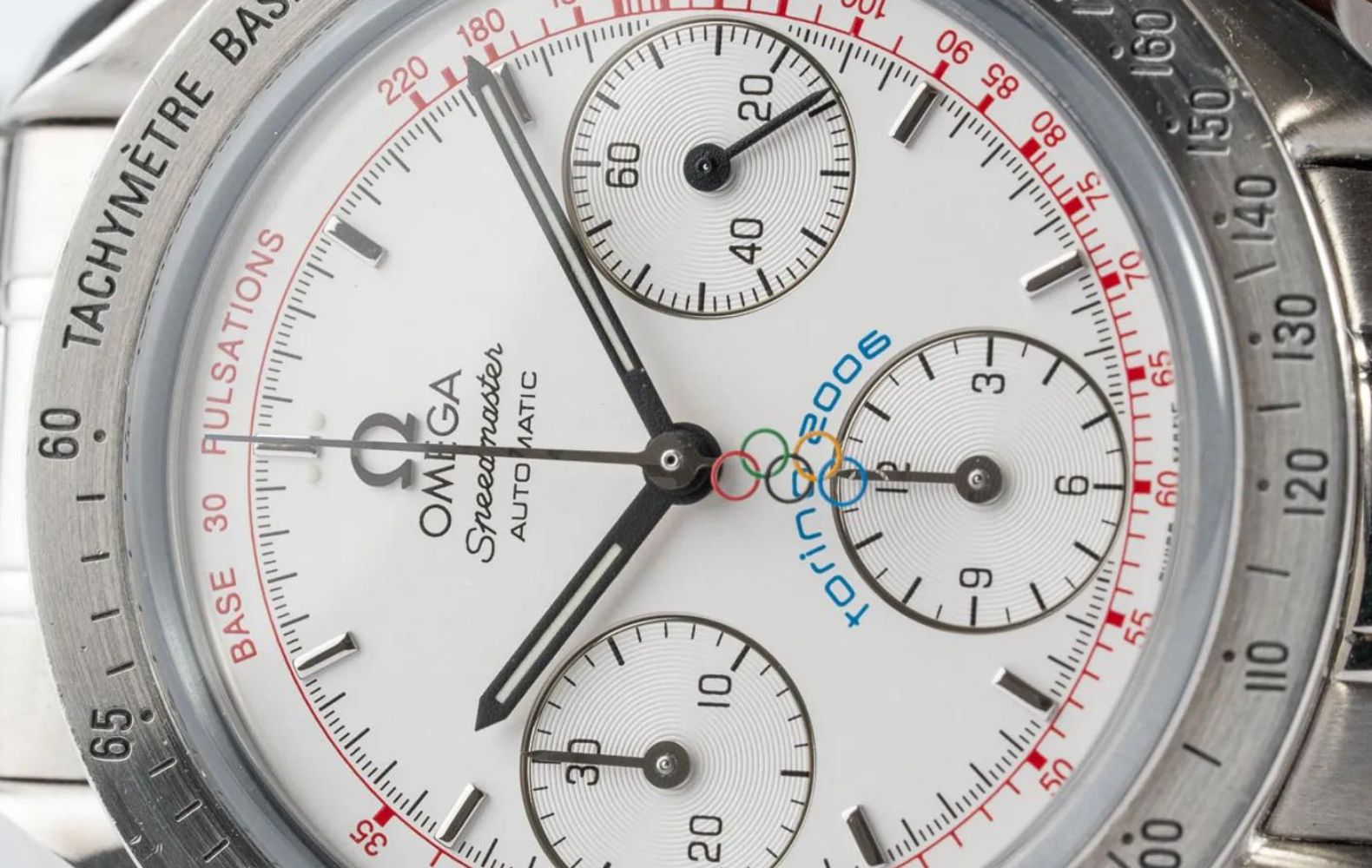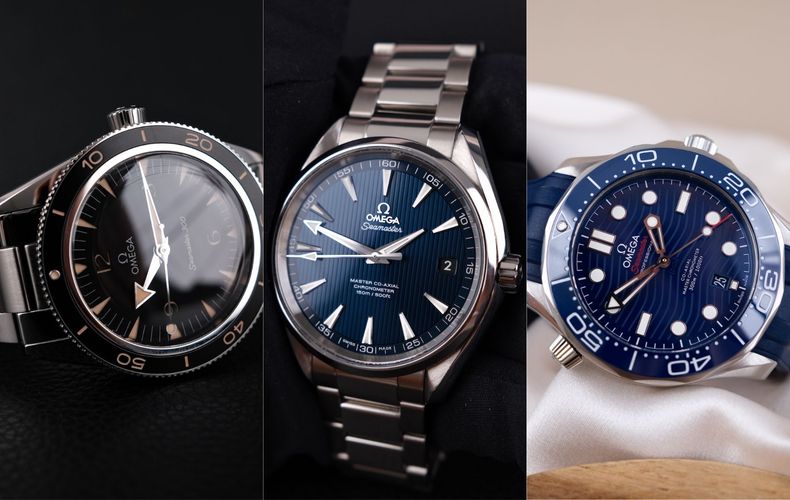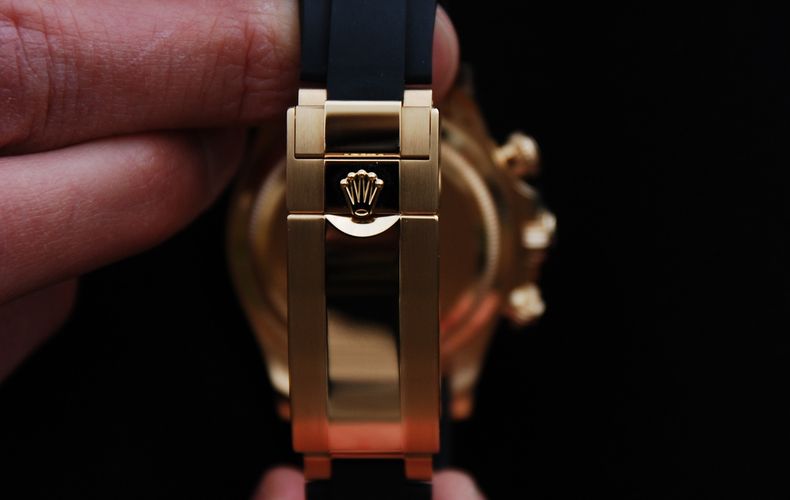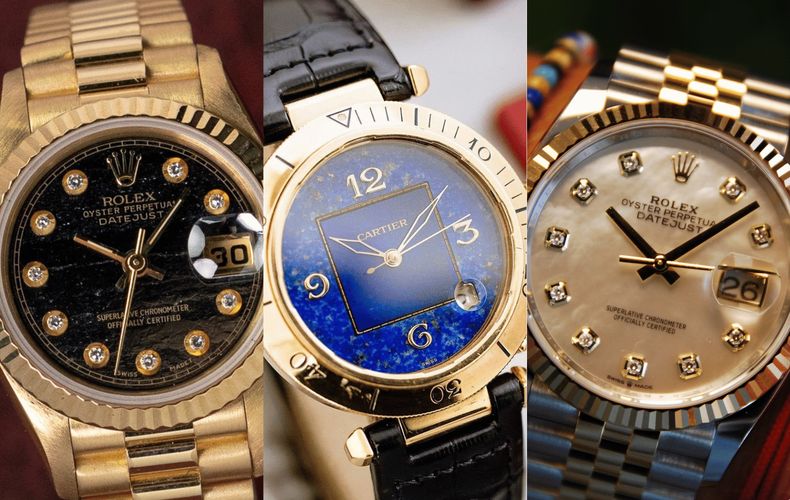The History of Timekeeping at the Olympic Games
Precision and accuracy have been crucial in Olympic timekeeping since the ancient games. From sundials to atomic clocks, the evolution of timekeeping technology has revolutionized how athletic performances are measured and recorded. In the early days of the modern Olympics, timekeeping relied on simple handheld stopwatches. These devices, accurate to 1/5th of a second, were used by judges who started and stopped them manually.
As competitions became more intense, the need for greater precision grew. The 1912 Stockholm Games saw the introduction of electronic timekeeping. This marked a significant leap forward, reducing human error and improving accuracy. By the 1932 Los Angeles Olympics, timekeeping had advanced to 1/10th of a second precision. Throughout the following decades, innovations continued. The 1948 London Games featured the first photo finish camera, revolutionizing race results. In 1968, touch pads for swimming events debuted, allowing athletes to stop their own time.




